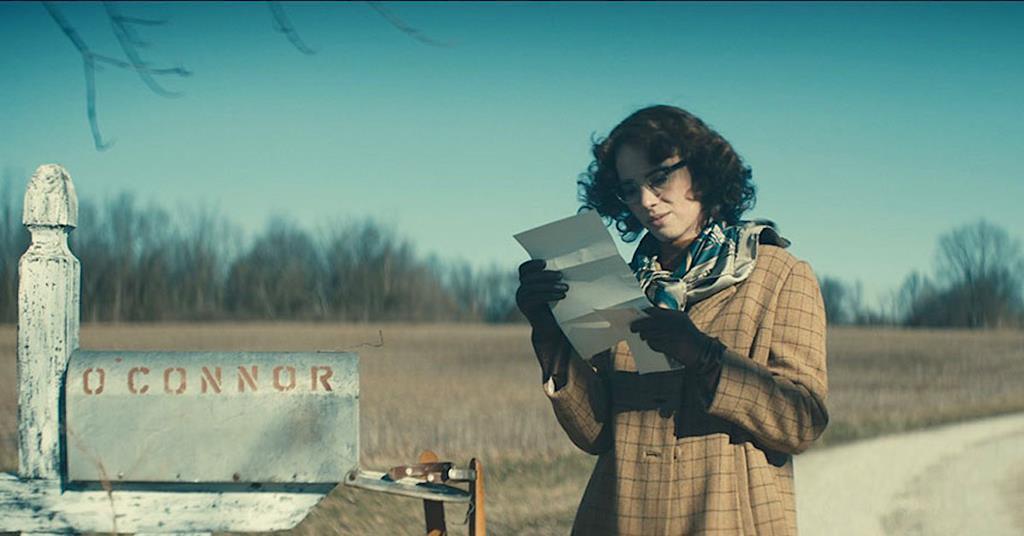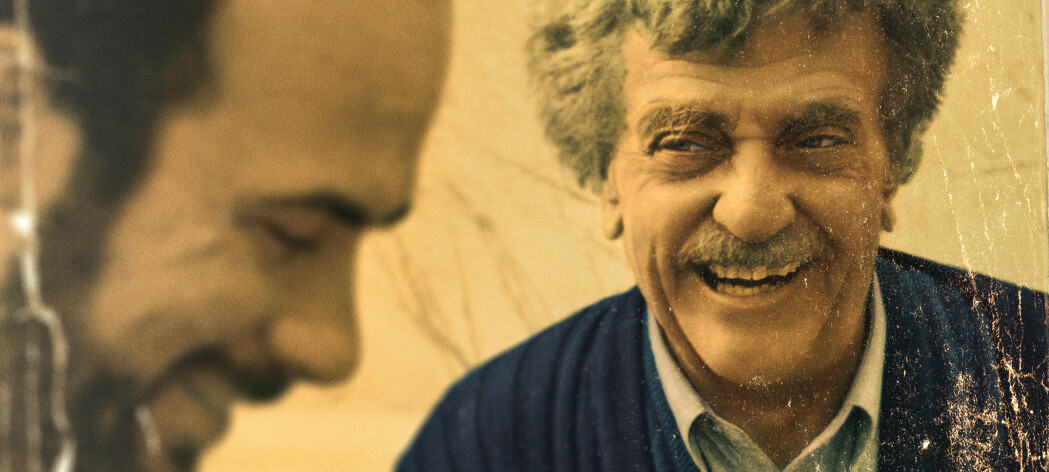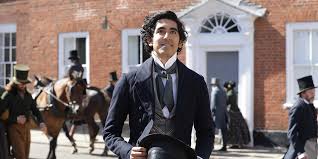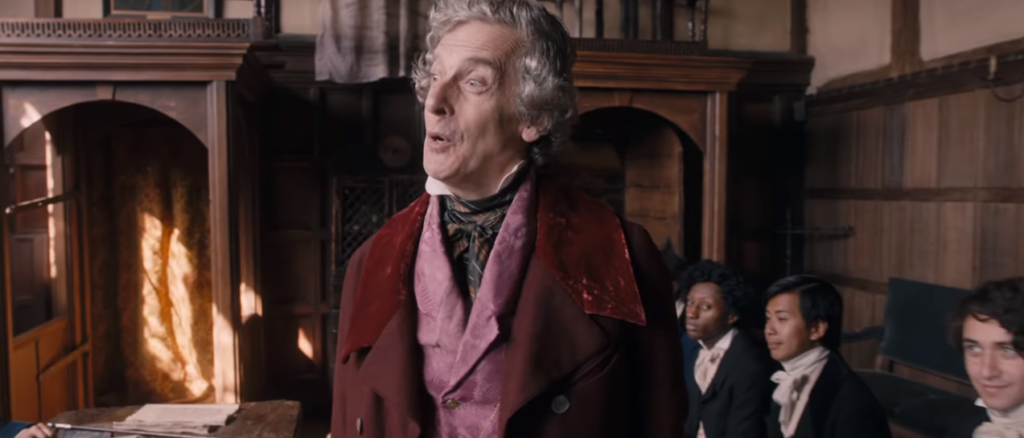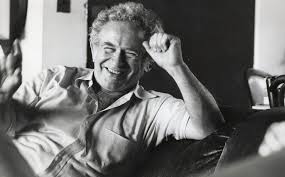
The superbly crafted biodoc How to Come Alive with Norman Mailer reveals a generational literary talent who managed to be immensely successful, all while addicted to turmoil of his own making.
Of course, How to Come Alive reminds us Mailer’s prodigious talent. This was a writer who published his first best seller, the definitive WW II novel, at age 25. He won a Pulitizer Prize for a novel he published at age 45 and another Pulitzer for an even more groundbreaking work at age 56. Yet that rare gift of being recognized in his own time as America’s greatest novelist wasn’t enough for Mailer.
Mailer both wondered at and crassly exploited his own celebrity. He picked public fights of all kinds whenever he could – the feuds of a public intellectual and the fisticuffs of a barroom bully. He drank immense quantites of alcohol and used uppers and downers simultaneously. His interior demons were so intense that, drunk and raging at a humiliation, he stabbed his wife. No wonder the film is taglined a cautionary tale.
Mailer went through six wives and produced nine children. This brilliantly sourced doc draws from interviews with Mailer’s sister and from at least six of his kids, who tell us about Mailer and about their mothers. And we hear lots about Mailer from Mailer himself, who seemingly never passed a microphone or a camera without discussing himself, his ideas and his behavior. “I am a narcissist…I love shocking people.”
While chronicling Mailer’s life more or less in chronological sequence, director Jeff Zimbalist and co-writer Victoria Marquette ingeniously structured How to Come Alive around Mailer’s own guiding principles. These topical chapters effectively introduce us to the paradoxical aspects of Mailer’s persona. Zimbalist and his editor Alannah Byrnes deliver one of the best edited films of any genre this year; they present their talking heads without lingering on any of them and keep us mesmerized with a firehose barrage of images and clips.
Mailer’s boorish and conceited behavior would be tiresome if not rooted in so many diverse aspects of his character. Sometimes he was genuine, throwing down on one of his intellectual principles. Sometimes he was posing to get attention. And sometimes, he was just out of control (as in wife-stabbing).
Certainly, his running for Mayor of New York, his organizing an anti-war march on the Pentagon, his running for Mayor again and his producing, directing and starring in a film about his own fantsy alter ego, were all vanity projects. If he were serious about his purported outcomes, he wouldn’t have put himself at the forefront.
Why is someone a serial provocateur and constantly oppositional? Is there pleasure in goading a reaction from others? Is it about defying conventions, discomfiting the comfortable? Is it about positioning himself as superior to others?
Mailer was one helluva piece of work, which How to Come Alive makes clear:
- Mailer’s ambition in declaring, “I want to write the great novel of WW II” BEFORE he saw any combat, let alone wrote about it. Who does that?
- The notorious “feminist debate” in which Mailer squared off against the leading feminist thinkers and leaders of his time. I didn’t expect the mutual respect between Mailer and the feminists. It’s pretty funny, and there’s one howling moment at Mailer’s expense.
- And then there’s the most stunning sequence in How to Come Alive – while filming Mailer’s self-indulgent art film Maidstone, a demented Rip Torn, in the ultimate method acting, decides that the story demands that he assassinate Mailer’s character; Torn then tries to kill Mailer (really kill him) with a hammer as the camera rolls, all in front of Mailer’s real life family. Torn’s visage is maniacal, and some serious drugs had to be involved here. The video is disturbing, as are the recollections of Mailer’s traumatized children.
Mailer was a person who, above all, rejected safety; that turned his life into a high wire act without a net, and, in How to Come Alive, Jeff Zimbalist unspools it into a thoughtful, entertaining and engrossing 100 minutes.

